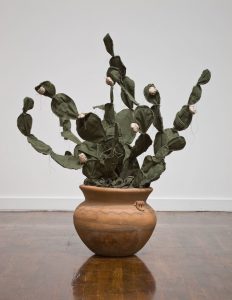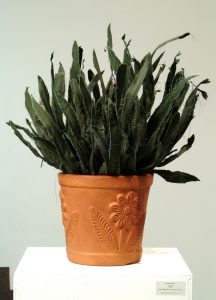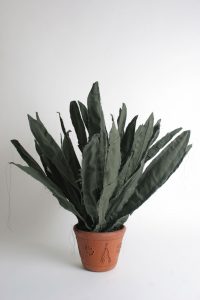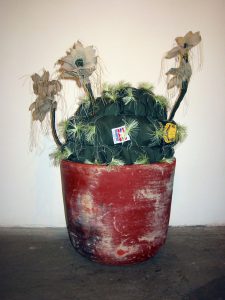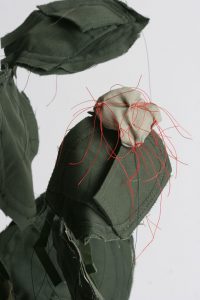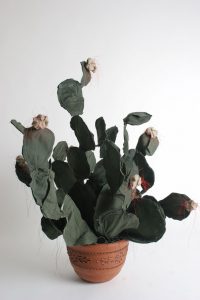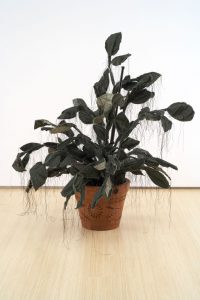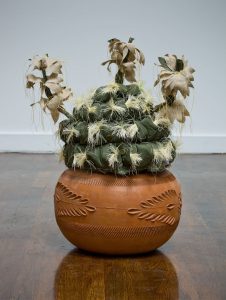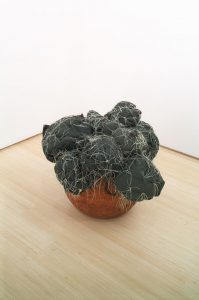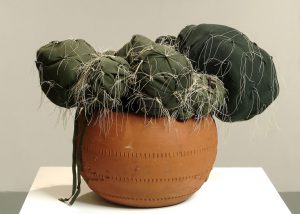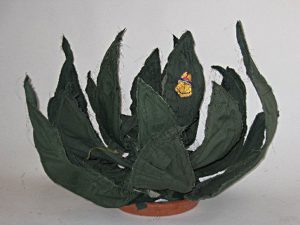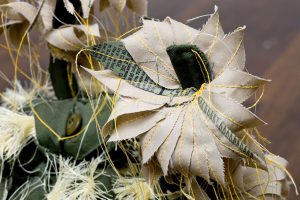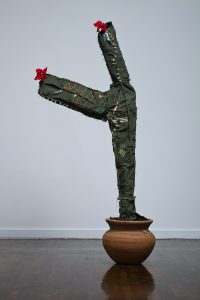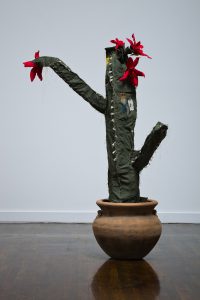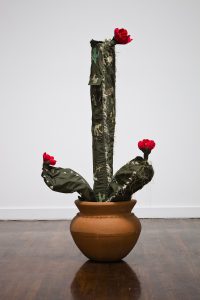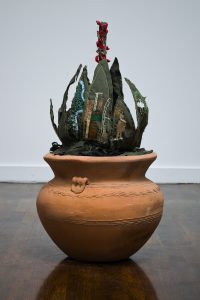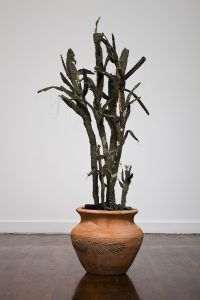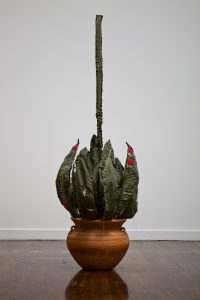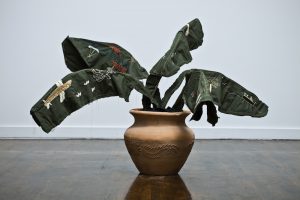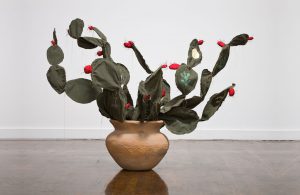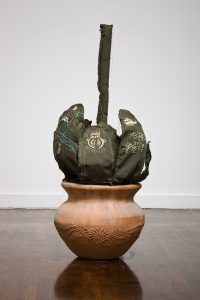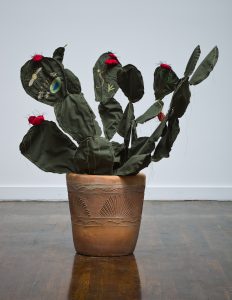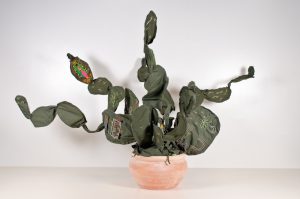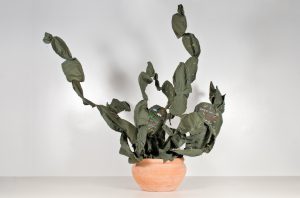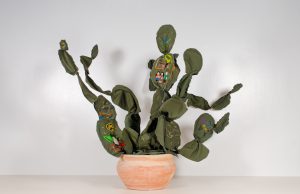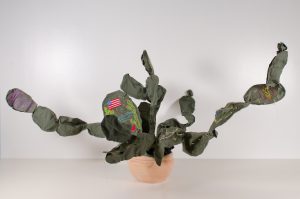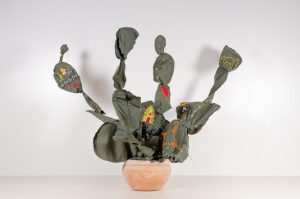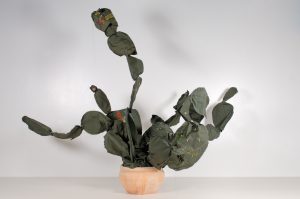Space in Between
SPACE IN BETWEEN is a collaborative project in the form of a sewing and embroidery workshop. The title is inspired by the term Nepantla, which in the Nahuatl Aztec language references the “space in the middle” as it refers to marginalized cultures and resistance strategies of survival. Gloria Anzaldua, scholar, activist, and author of “Borderlands / La Frontera”, views Nepantla as a reference to living in the borderlands or crossroads, and the process of creating alternative spaces in which to live, function or create.
The workshop represents an attempt to maintain an ethnic connection with vital cultural Mexican craft traditions. Space in Between uses traditional sewing and embroidery techniques from Los Tenangos, Hidalgo, Mexico. Traditionally in mural form, the embroidery from Tenango de Doria Hidalgo employs colorful narrative traditions reflecting popular culture, traditional rituals and myths of the Otomi indigenous communities.
Sometimes appropriating and other times reclaiming these techniques, immigrant workers relay their own personal border- crossing experience. This embroidered narrative element is combined in creative ways with the desert plants.
The first run of SPACE in BETWEEN took place in early 2010 at Box 13, in a former Singer sewing machine showroom in Houston’s East End, home to a large and longstanding Spanish- speaking immigrant community. Participants in the workshop, themselves immigrants to the United States from Mexico and Central America, produced numerous sculptural replicas of desert plants indigenous to the Southwestern United States.
Sewn together out of border patrol uniforms and planted in traditional Mexican terra cotta pots, these sculptural plants refer to the role of border patrol officers as protagonists in the American landscape.
Desert plants such as the Nopal and Yucca are indigenous to the South Western United States, the most frequently traveled route of immigration into the United States. These series of plants focus on notions of nature versus social construction.
The work was created in collaboration with Esmeralda Perez, Teresa Sanchez Garay, Carlos Calles,Delfina Media, Candelaria Cabrera, Doris Lindo,Miguel De Luna, Carlos Calles, Nora Oviedo, and Maria Lopez
In her community outreach project with McColl Center for Visual Art, Knight Artist-in-Residence Margarita Cabrera engages with local Latin American immigrants in a sewing and embroidery workshop. The collaborators to created sculptural likenesses of desert plants native to the most traveled route of immigration across the US border.
The work was created in collaboration with Flor Garcia, Ana Patricia, Magda Vazquez, Rocio Magdaleno, Nardaf Aponte, Cecilia Magdaleno, Maria Argentina Reyes, Yanira Gonzalez, Magdalena Morales, Caritina Vega, Liliana Mendez, Jessica Hernandez, Dalia Gonzalez, Manue Hernandez, Aleyda Gallimore, Lucre Suarez and Ada Bella
Margarita Cabrera draws on the community to help create collaborative works of art that are used as a platform to raise political and socio-cultural consciousness as a means for survival and empowerment for the immigrant community. Rather than limit her practice to address social problems, Cabrera prefers to generate solutions which can provide opportunities for cross-border economic equity.

